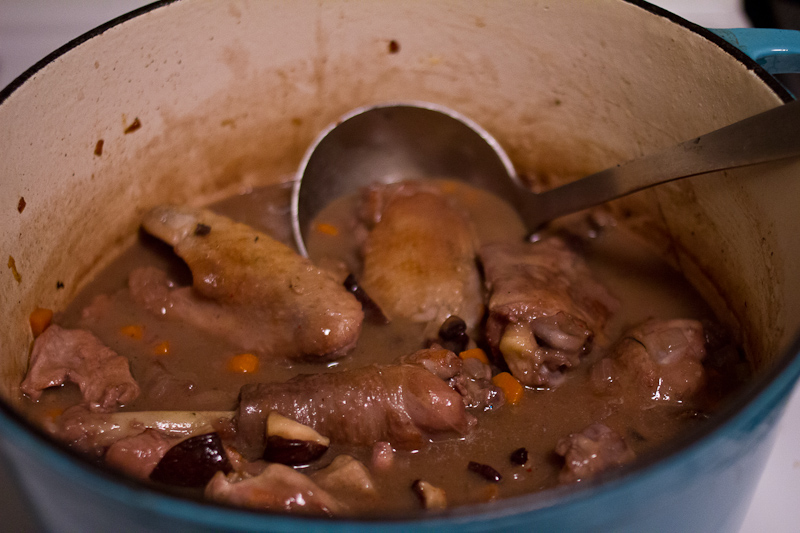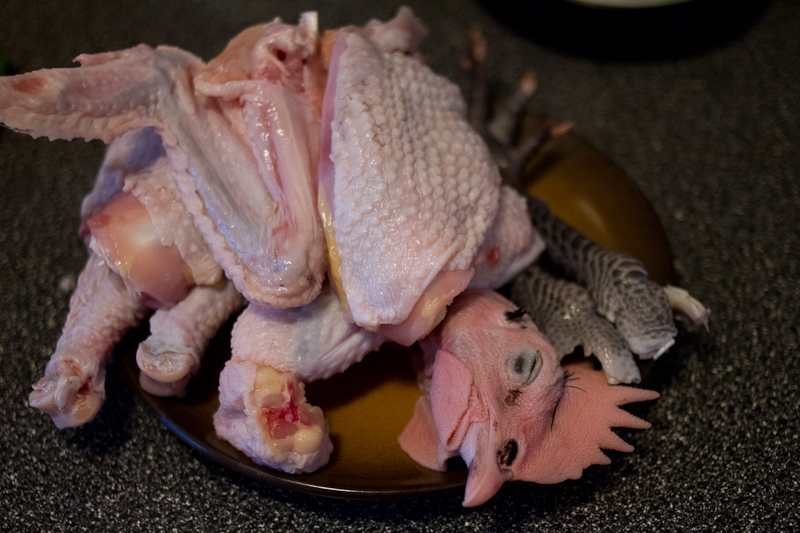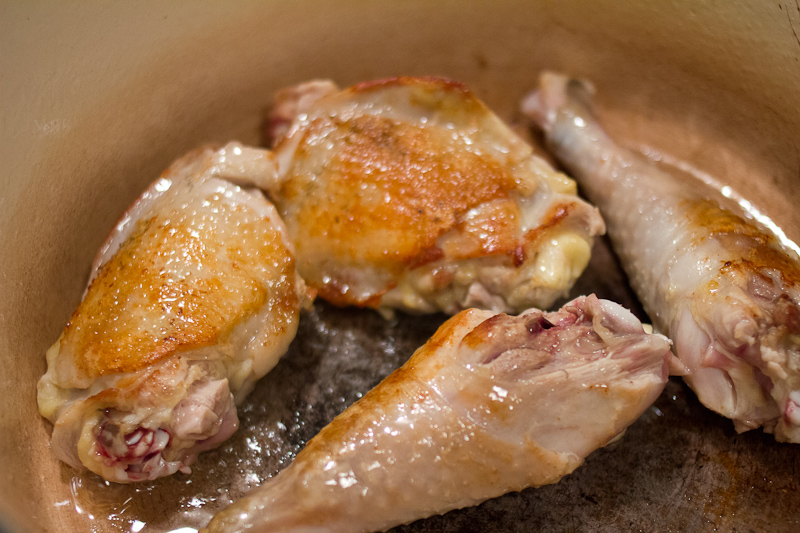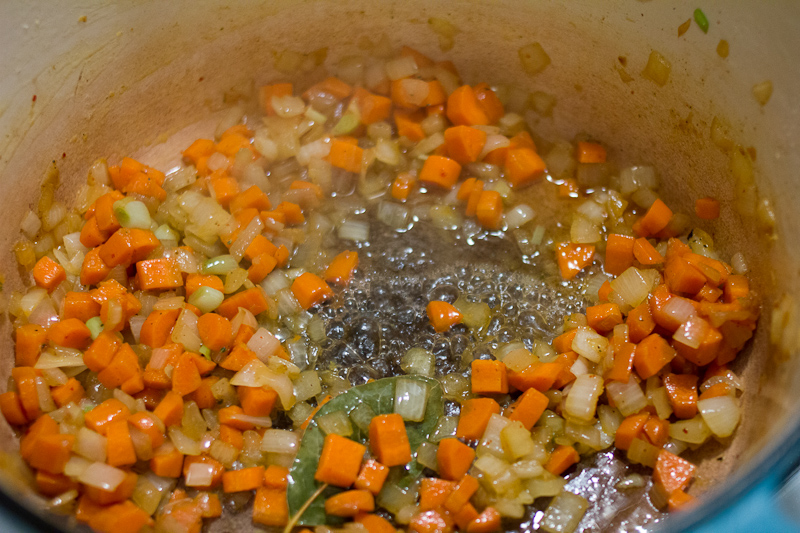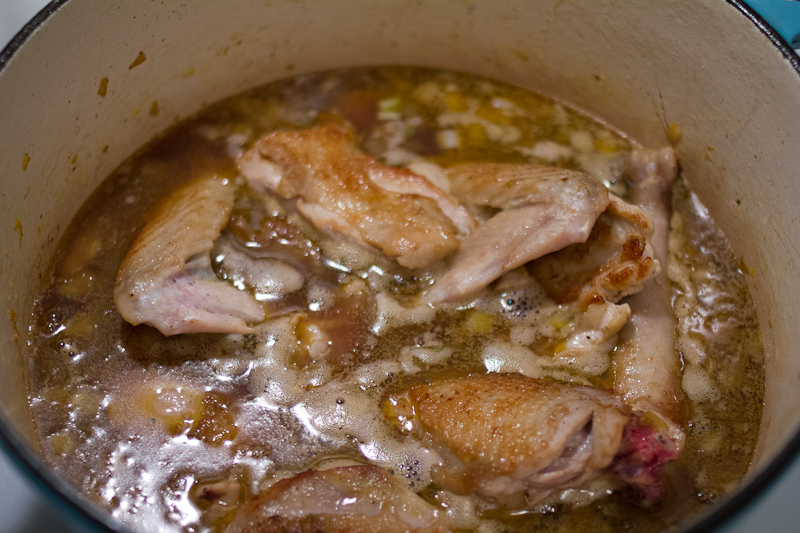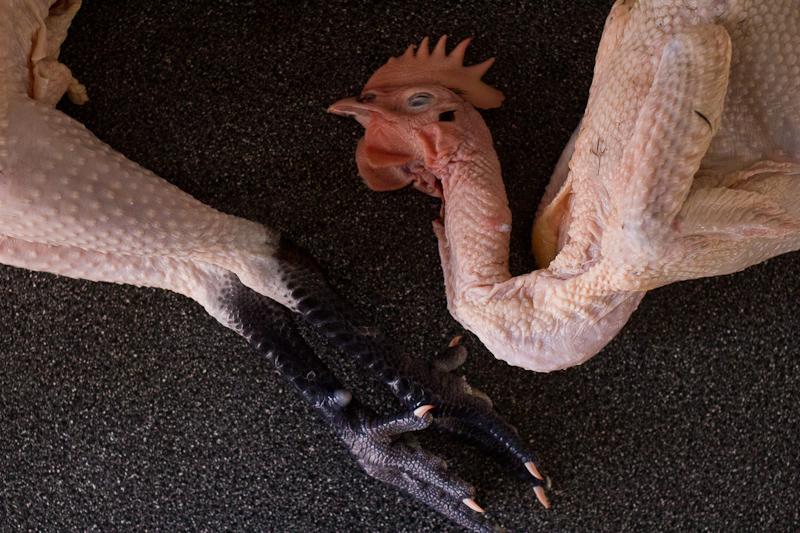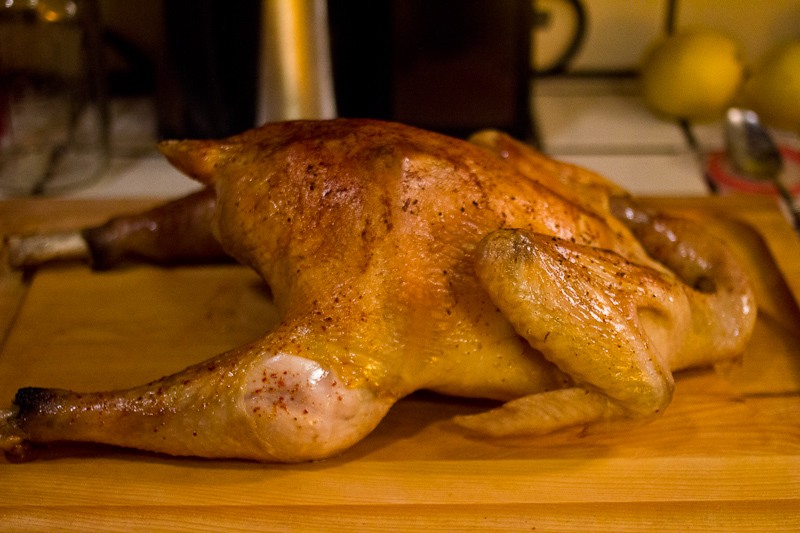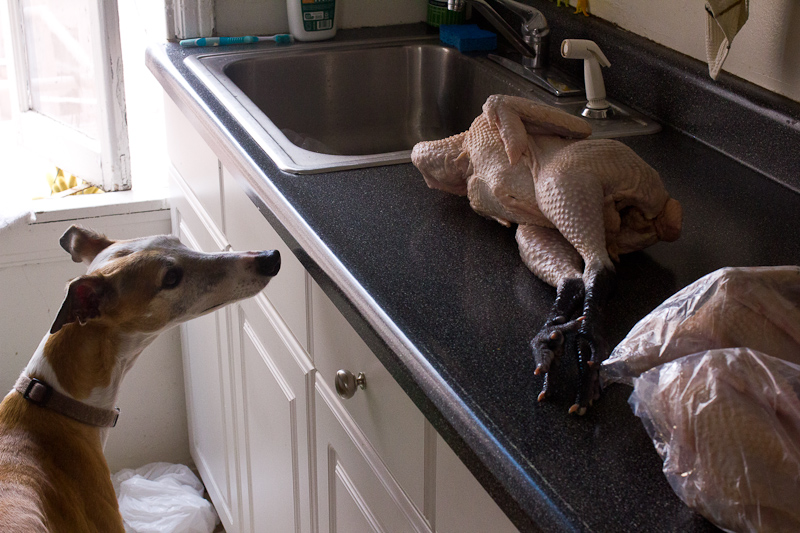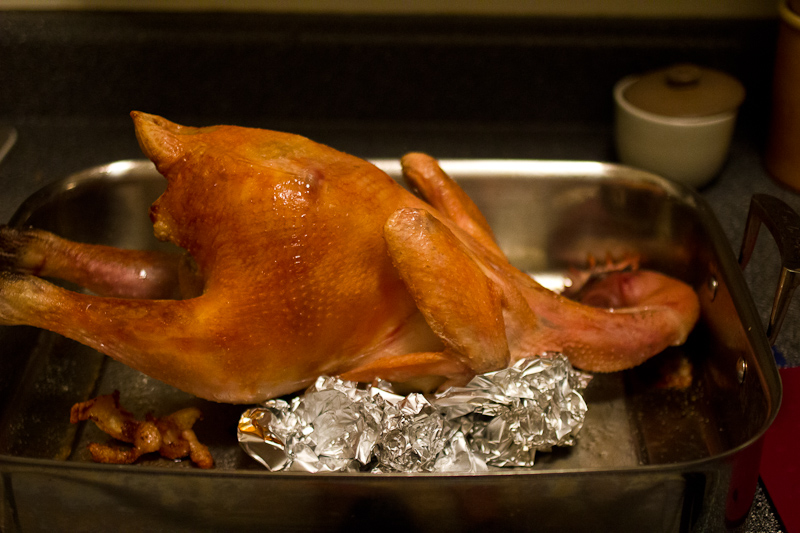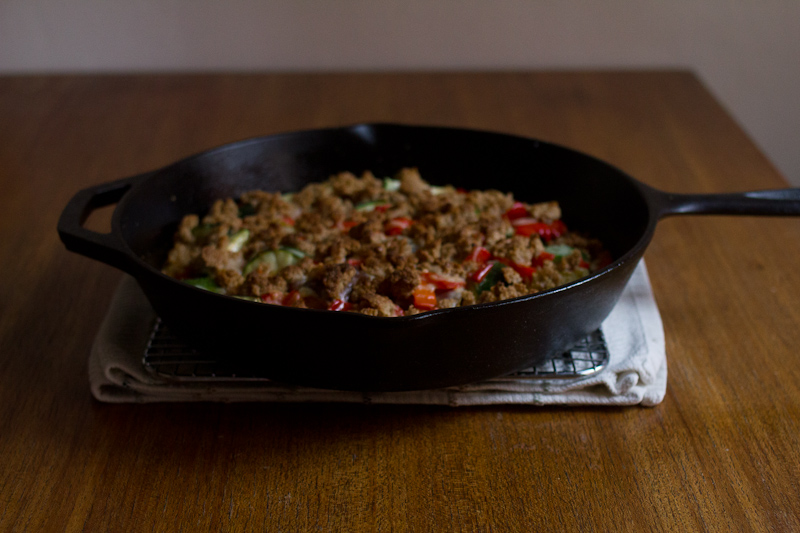Anyone who has followed this blog for a while knows that seasonal cooking is what we’re all about here at The Answer is Always Pork. I’ve written in the past about how eating with the seasons really changes your perspective on food, how your cooking simply turns out better with far less effort if you’re cooking what’s freshest, and of course about my love for the woman who made seasonal and sustainable cooking truly sexy, Alice Waters.
Now it so happens that this Sunday morning I’m teaming up with my mom and her good friend Farmer Fred to talk about seasonal cooking on the radio! The radio! We’ll be talking about growing food and then eating it, and about how you can keep that beautiful cycle of growing and eating going all year round. Listen to us live from 9 am to 10 am on KFBK, and from 10 am to noon on KTSE.
I’ll try my best to track down the audio file for those of you who can’t listen live but want some seasonal cooking fodder—or for those who want to hear my best Ira Glass impression. Update: You can listen to our show on KFBK here, and KTSE here, or download the podcast from iTunes by searching “Get Growing with Farmer Fred” and “KFBK Garden Show”. Get the 11/30 episode if you want to hear me, though I’m sure the other episodes are equally good.
Fall into Winter Recipe Round Up
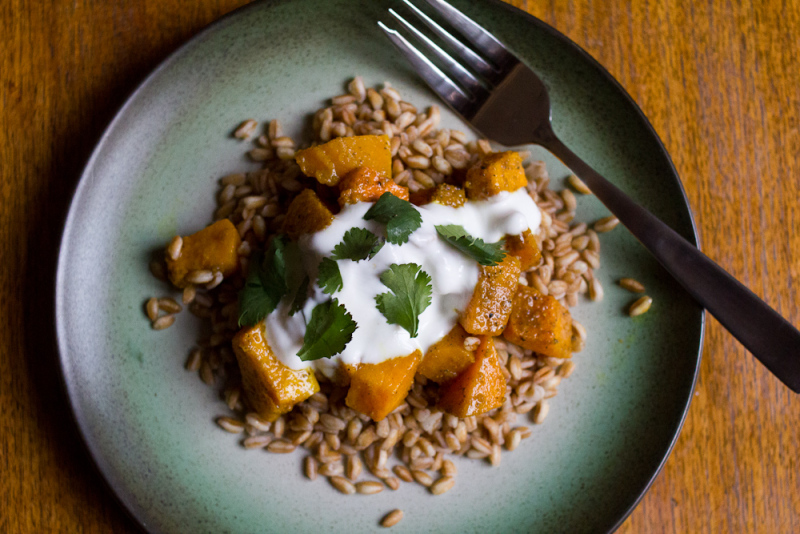
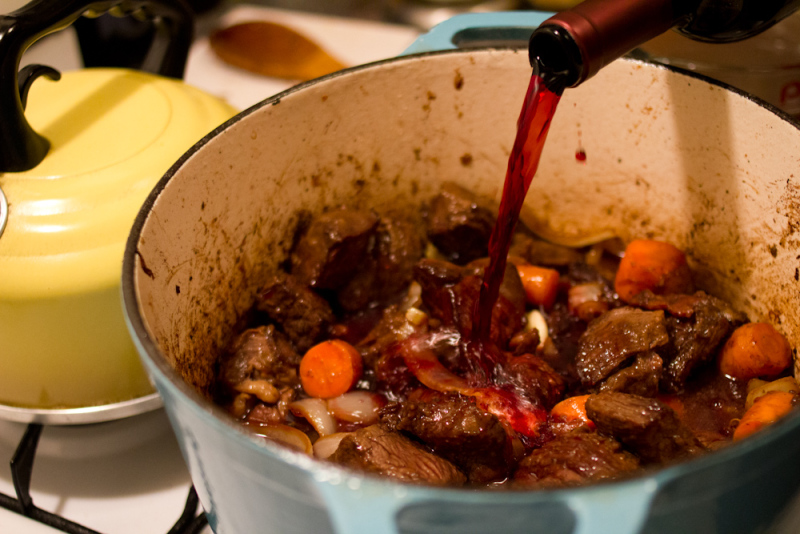 Braised Beef with Root Vegetables
Braised Beef with Root Vegetables
Coq au Vin
Curried Butternut Squash and Farro
Crab Boil
Herb-crusted Rack of Lamb with Crispy Potatoes
Leek and Butternut Squash Risotto
Lentil Stew over Rice
Linguine with Leeks and Mushrooms
Oven Roasted Fish with Citrus
Pasta with Kale, Portobello and Parmesan
Roasted Chicken and Vegetables
Sole with Leeks and Potatoes
Soup with Lamb Meatballs and Winter Greens
Squash Stuffed with Barley and Chorizo
A few other dinners that we’re experimenting with: spaghetti squash tacos with tangy cabbage slaw, butternut squash and onion gratin with comté cheese, spicy soba noodles over greens and herbs.
Sides
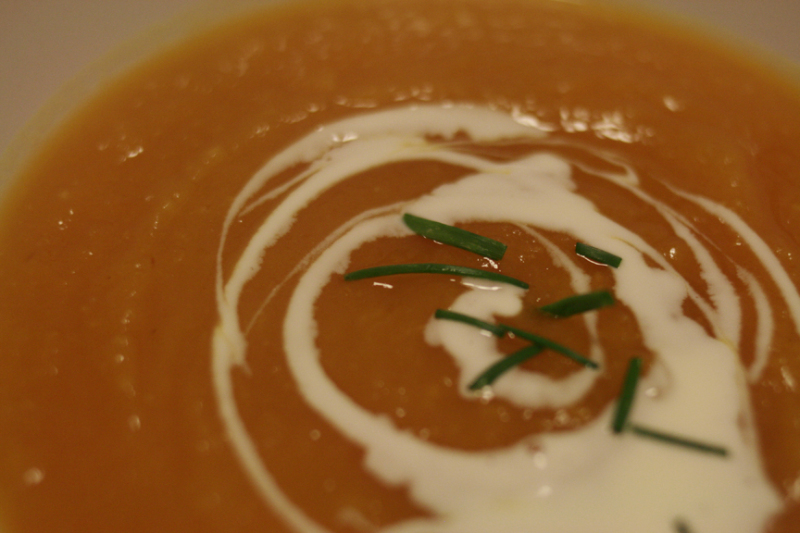
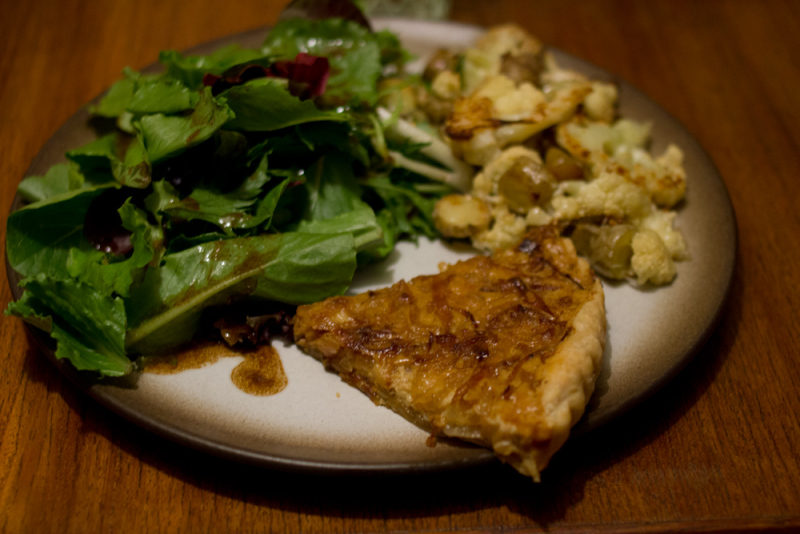

Butternut Squash Soup with Ginger
Cauliflower Soup
Caramelized Onion Tart
Leek Bread Pudding
Roasted Cauliflower
Winter Greens with Garlic Confit
And two sides that don’t have their own posts, but are our go-tos throughout the fall and winter:
Winter salad – spinach or lettuce, plus persimmon or pomegranate or supremed citrus, tossed with vinaigrette
Roasted veggie medley – heat oven to 400 F, toss any combination of brussel sprouts, beets, cauliflower, carrots, parsnips, or squash with olive oil, salt and pepper, roast until browned, about 40 minutes.
Desserts
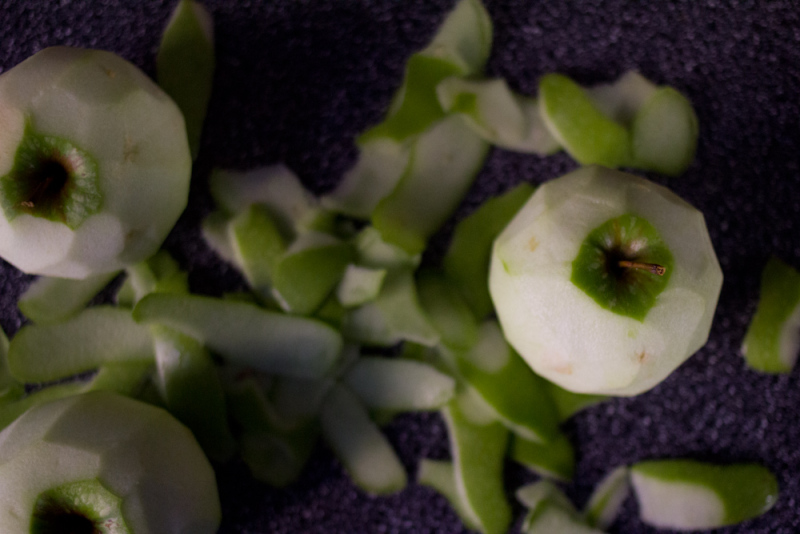


Apple Galette
Blood Orange Cake
Carrot Cake with Cream Cheese Icing
Citrus Olive Oil Cake
Pumpkin Ice Cream
You can find all of the wonderful produce mentioned in these recipes at your local farmers market, by joining a CSA, or by planting your own garden! There’s still time in the growing season to plant all of these delicious fruits and vegetables: apples, beets, broccoli, brussel sprouts, cabbage, carrots, cauliflower, chard, garlic, kale, kohlrabi, leeks, lettuce, onions, parsnips, persimmons, pomegranate, potatoes, spinach.
If you’re in the Sacramento area and need planting advice, go visit my mom and her A+ crew at El Dorado Nursery and Garden. You’ll be eating delicious produce from your garden in no time!
Now tell me, what are your favorite fall and winter recipes? We’re always on the hunt for new ones.
-Emily

